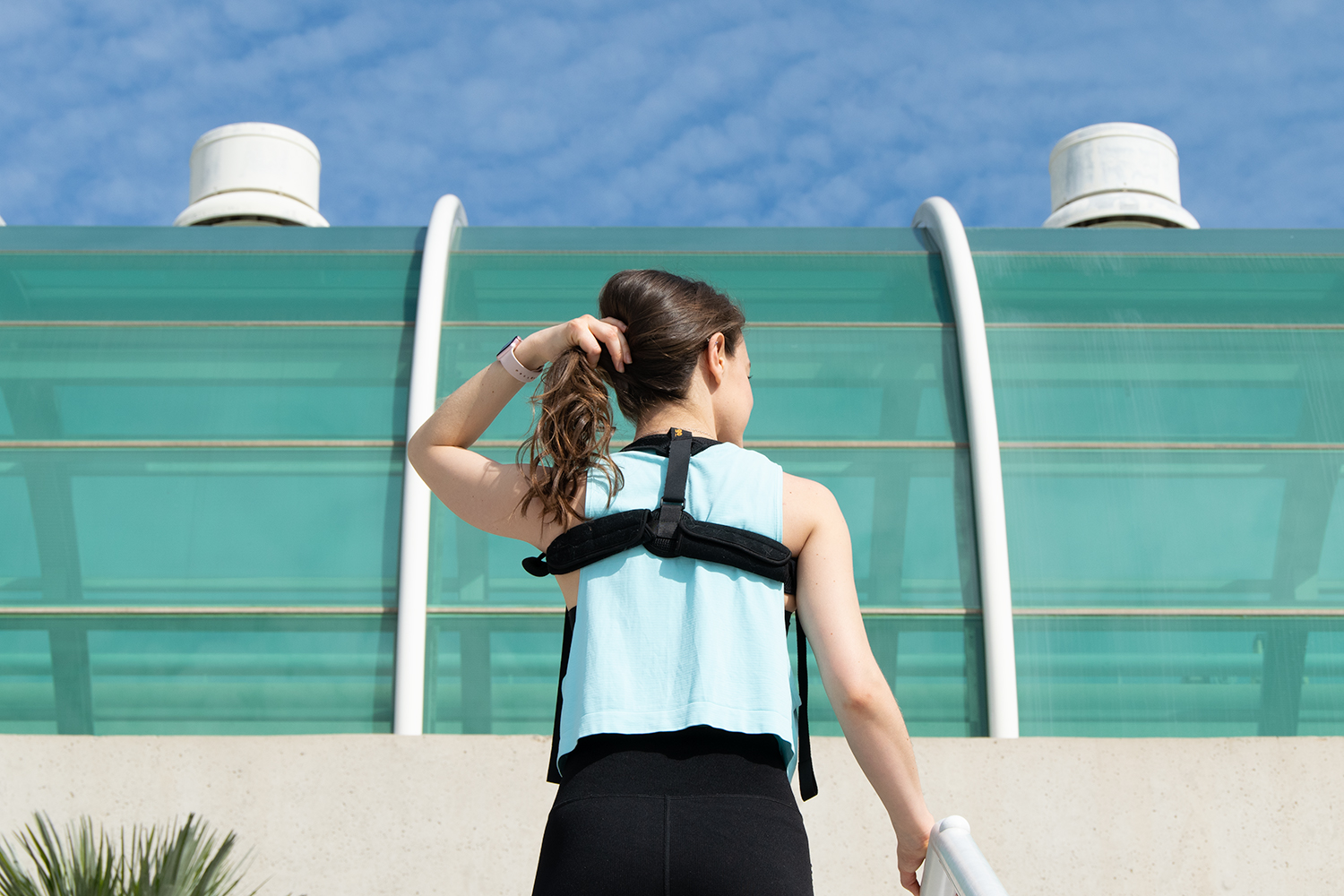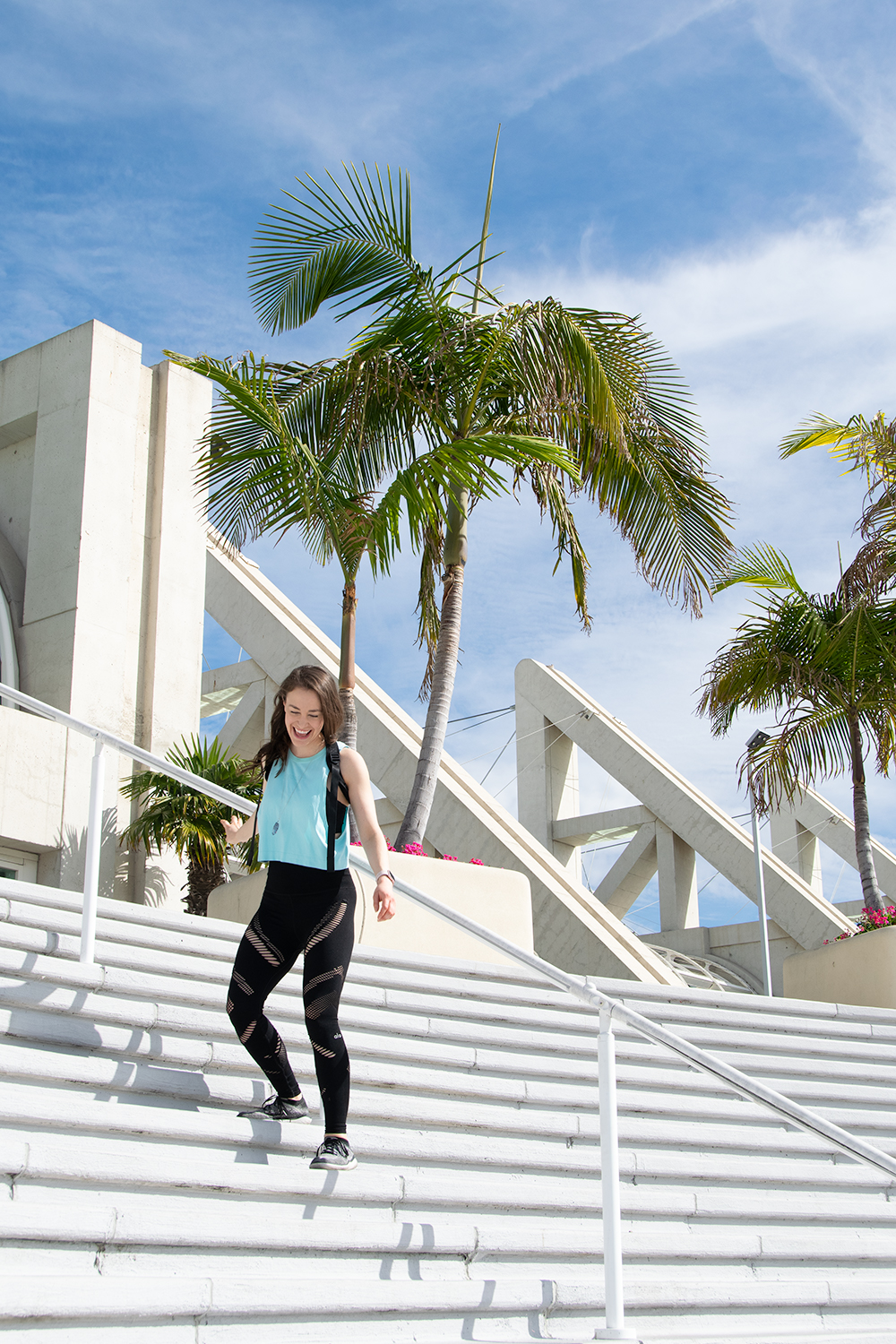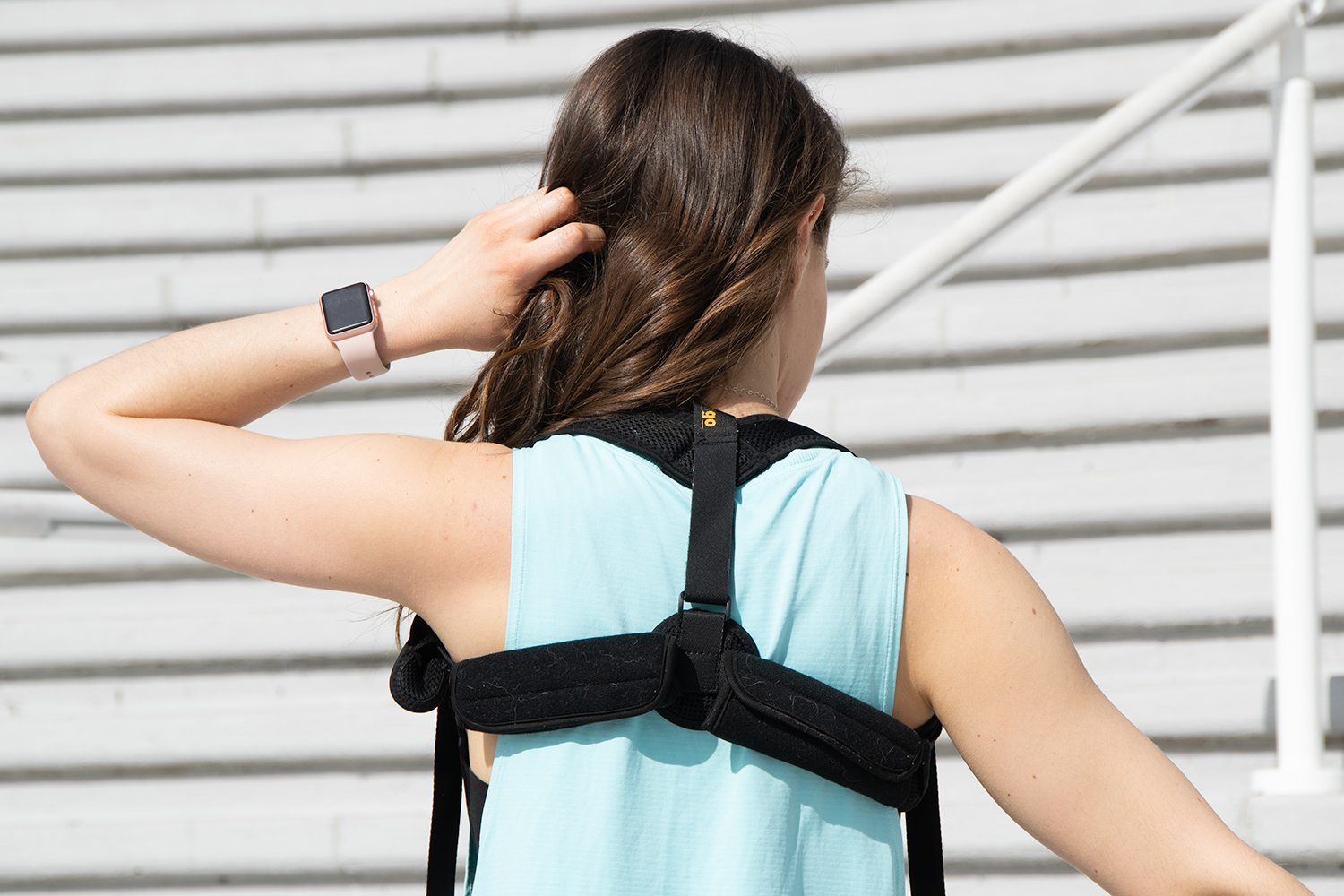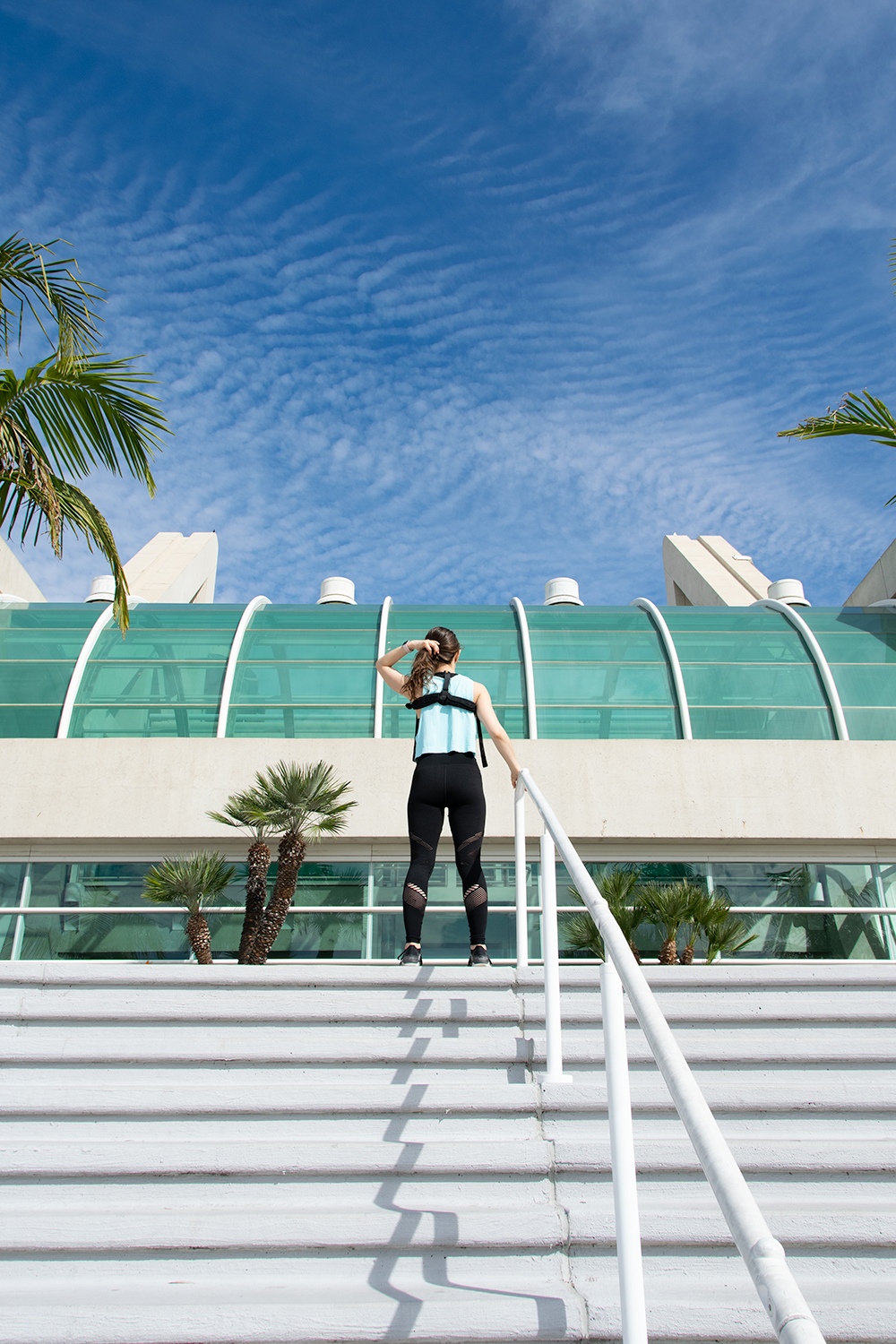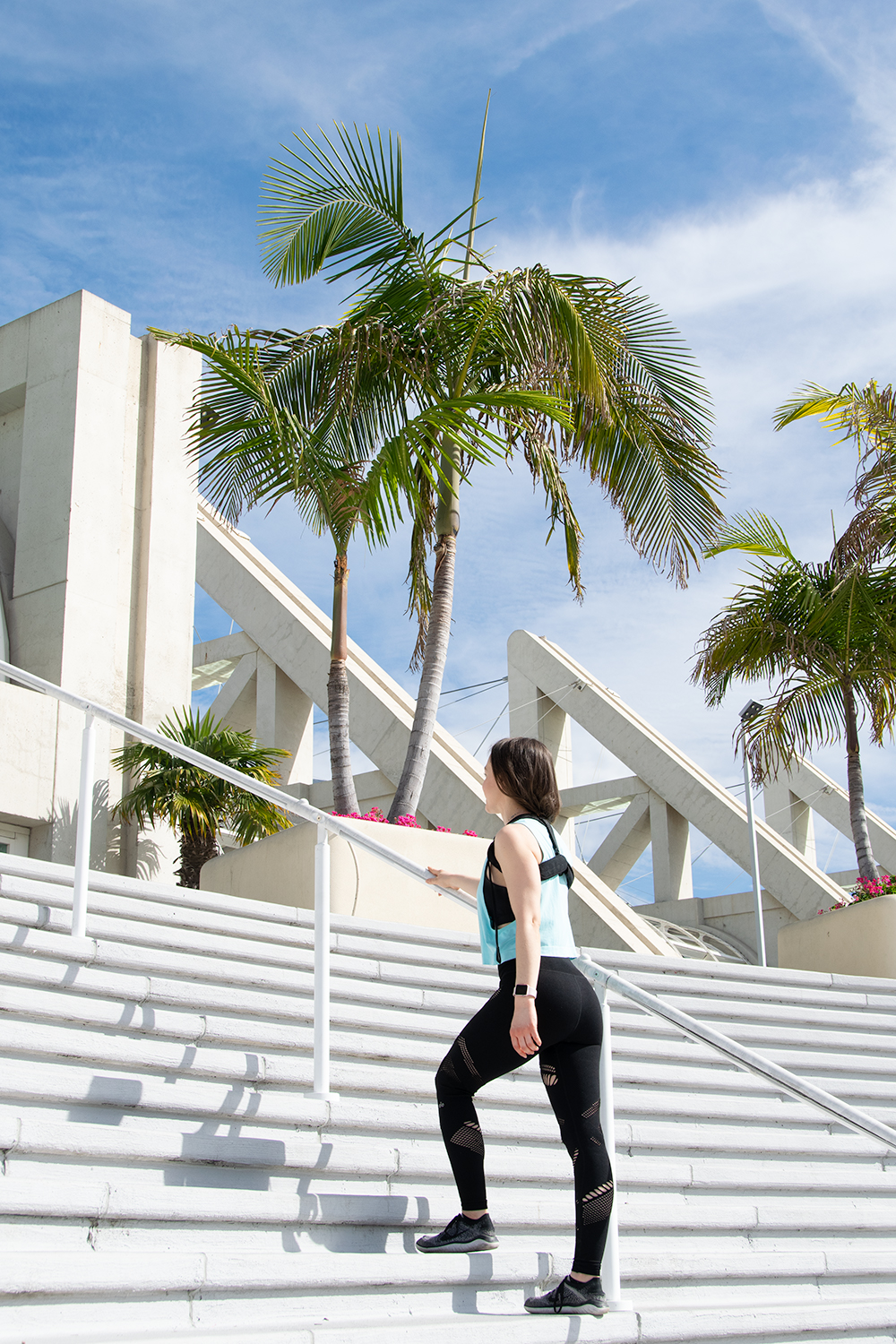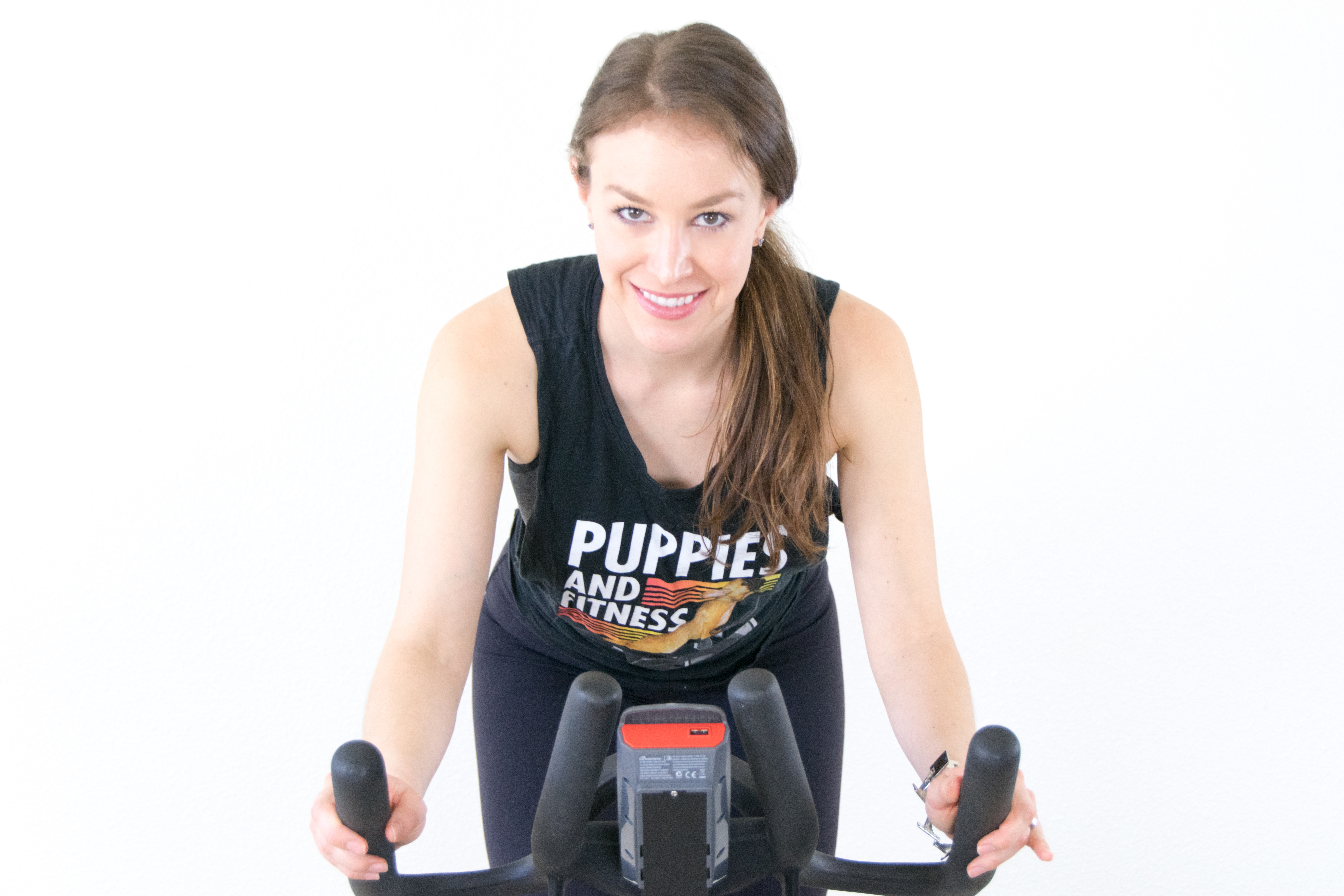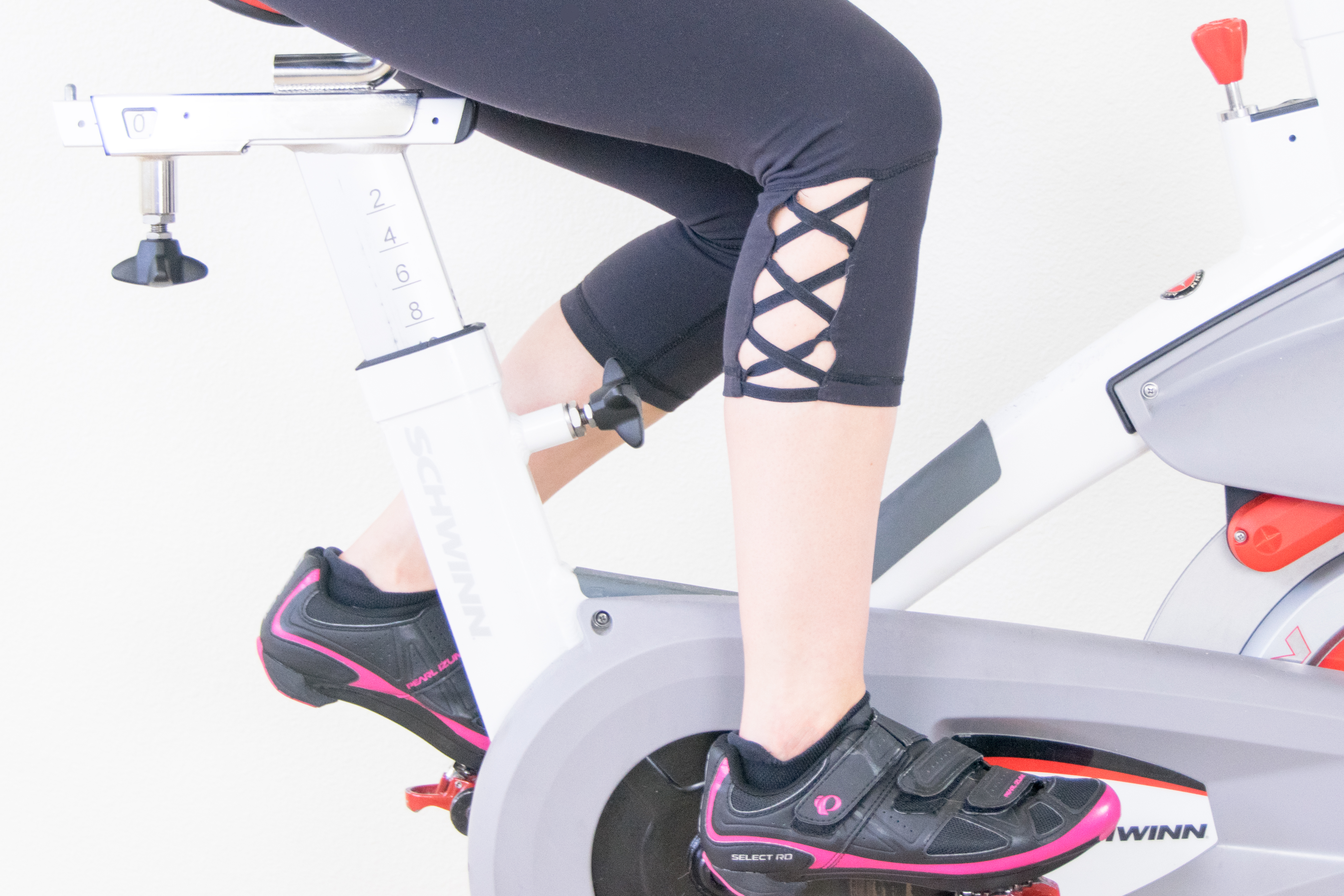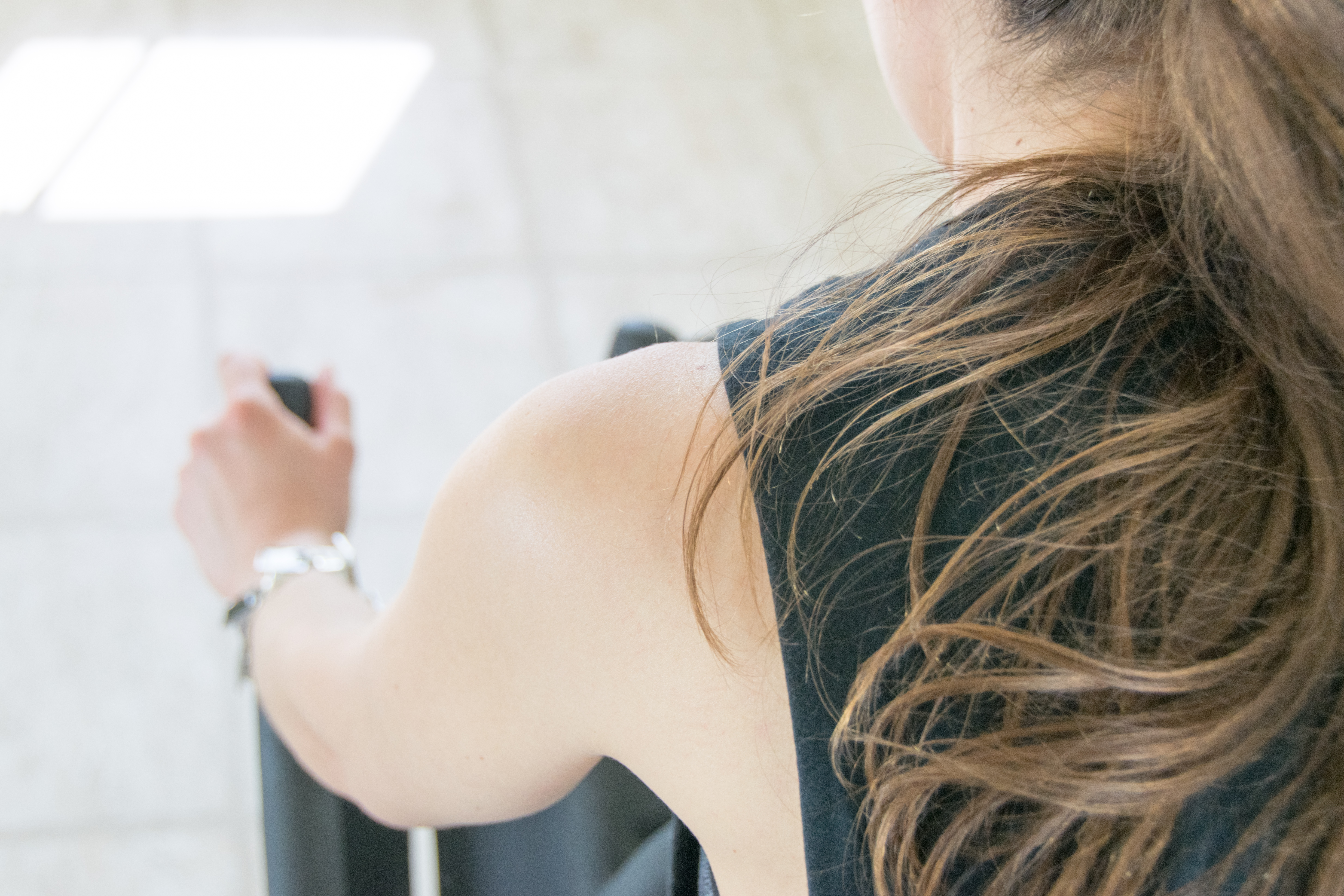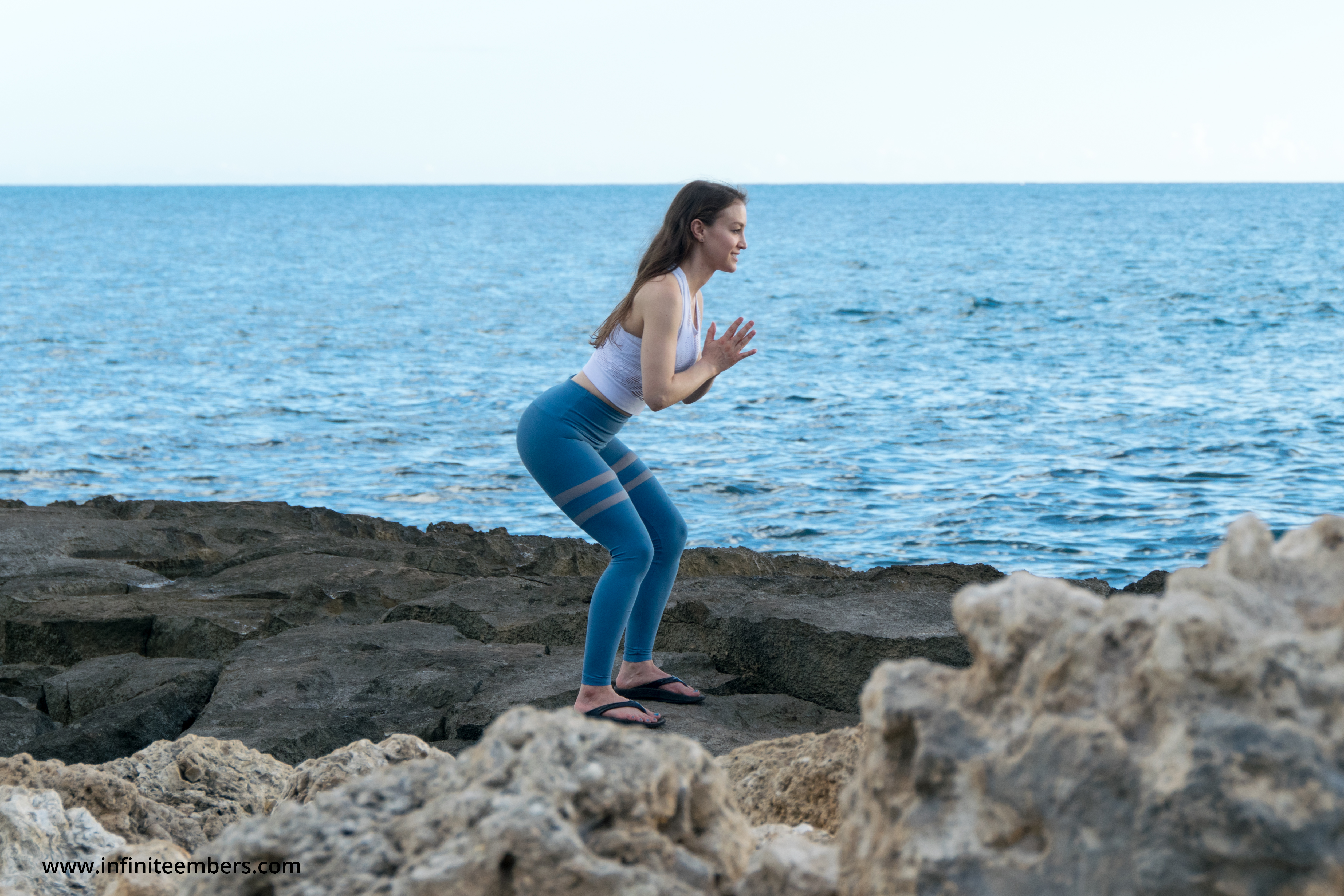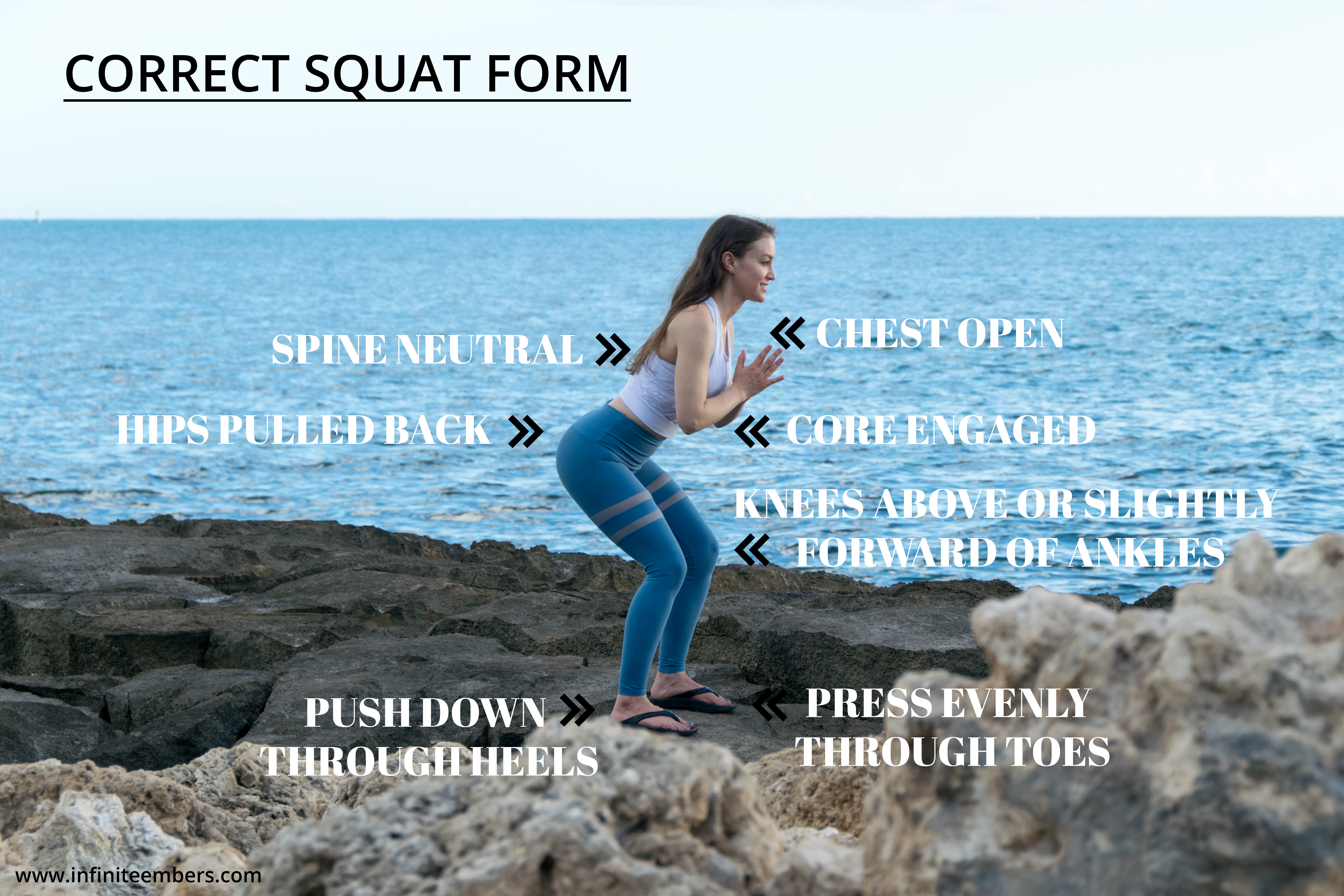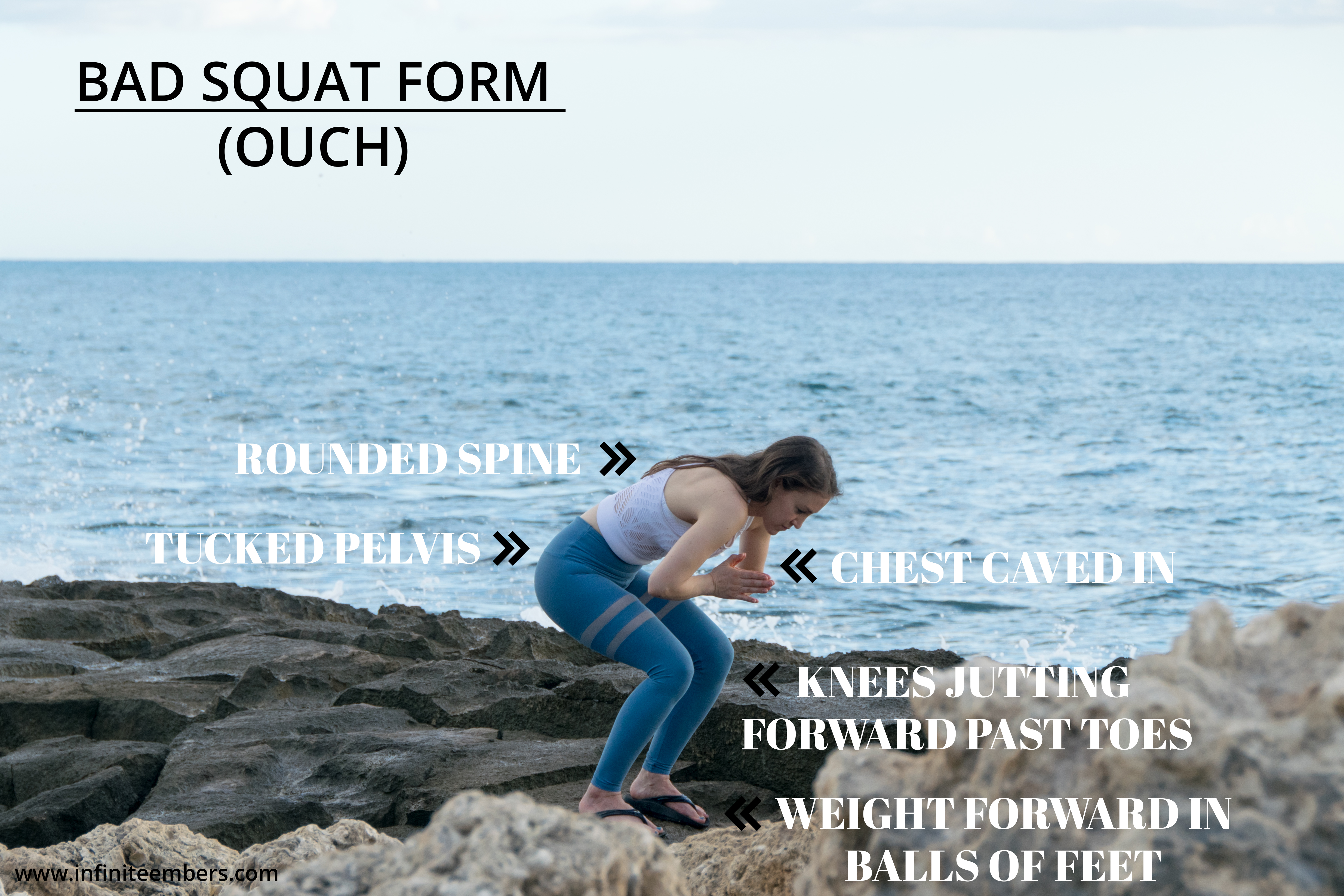How To Fix Bad Posture: My Favorite Secret Tool
Got bad posture? Get this correcting brace.
(Note: This post is NOT sponsored and is written out of genuine love. However, it does contain Amazon Affiliate links that support the blog!)
Woo boy, I should have listened to my mother about sitting up straight. I’ve been on a mission to correct my bad posture for a while now, and this is my favorite tool that I’ve tried, by far.
My bad posture began when I was a kid. For a long time though, I didn’t think it was that big of a deal, so I wasn’t conscious about it. Years of way-too-heavy backpacks and hours spent hunched over my keyboard writing eventually took their toll on my body and helped contribute to my chronic neck injury that began back in 2013. My traps and neck muscles all seized up, leaving me immobile and in so much pain I became obsessed with fixing myself.
I still am, although I’m now very close to the finish line. It’s my goal to be completely pain-free by the end of 2019, so I’m getting serious about my recovery. Wish me luck!!
This posture corrector has helped me SO much along the way.
I also tried a Lumo Lift for almost a year to help remind me to sit up straight, and I liked it as well, but for me it wasn’t quite enough. Even if you’re standing upright, you can still have your shoulders forward and inwardly rotated (which I did). I needed something more effective.
When you’re first starting out, it can be exhausting to stand up straight. I didn’t have the strength yet to hold myself upright on my own.
I should mention that correcting bad posture isn’t going to happen instantly. We’re talking about how your body has trained to move and hold itself (which is largely unconscious) habitually over a long period of time. So you’re going to have to retrain your muscles and mind to a new way of standing, finally allowing yourself to take up space. It’s important to re-strengthen the back body and stretch open through your chest to move your body back into proper alignment, as well as strengthen your core, primarily the transverse abdominal muscle. A physical therapist, personal trainer, or other good body worker can help you with this journey—and so can this brace!
Bad posture is becoming an epidemic. So many of us struggle with it, largely thanks to technology. We all know that looking down at our phones is bad for our necks, but we all crank our heads down anyway (guilty!). Then we spend hours sitting, which is terrible for our posture. It’s time to fight back and reclaim our bodies’ mobility!
(Authentic talk: my dog Corgi the corgi‘s fur covers everything I own. Even when I try to clean up for a photo. As you can see if you zoom in on the brace. haha!)
It’s important to correct bad posture for many reasons:
- It can cause health problems anywhere along your spine. As the downward angle of the head increases, the pressure on the rest of your spine increases. This causes can build up to bulging disks, herniated disks, etc. No bueno. Also, it’s common to have headaches and neck tension just like yours truly.
- It affects how well you can breathe. Your ribs need to be able to expand properly in all directions, like an umbrella, when you breathe. Bad posture is like cinching together part of that umbrella and restricting its range. Not being able to breathe fully can cause anxiety, insomnia, and muscle tension. This has been a major battle for me personally, reclaiming my full breath.
- It conveys an image of low confidence. And interestingly, it can actually CAUSE low confidence! Your brain responds to how your body is positioning itself! (and vice versa, your body responds to your brain’s thoughts and emotions). This TED talk about power poses explains this connection and is also such a good watch. Confidence is good posture: standing up straight, held held high, making eye contact. The more you practice, the easier it gets, and the more confident you’ll become in turn.
Why I love this Posture Corrector:
- Because it works. The brace guides your shoulders back and down into place and serves as a gentle, reminding support that reminds you constantly to check back in with your posture.
- It’s literally only $13, so for an effective health tool, that’s hard to beat.
- They also offer a full 30 day money back guarantee, so it’s obviously worth trying.
- It’s super simple to take on/off and adjust. The brace is unisex and fits chest sizes ranging from 28″ to 48″.
- It’s comfortable! I feel instantly better when I’m wearing it, honestly. It becomes easier to hold myself in good posture, which takes the tension off my neck. The pads also help avoid chaffing/digging into your skin for a comfortable wear.
I love this thing. I wear it most of the day if I can, especially for all the hours I spend at my computer (I also use a standing desk). In fact, I’m wearing it right now as I write this!
I’ll admit that this posture corrector isn’t the most discreet—it’s best hidden under looser clothing. But I rock it around town just as-is, on top of my shirt, because who cares, right? My Sunshield draws far more attention, lol. I’d rather feel good than GAF, ya know?
It’s important to note that it’s possible to over-correct your posture, so you don’t want to cinch the bands too tightly on your brace. You want your shoulder blades to be wide and down, not squeezed back together—think a straight line from shoulder to shoulder, intersecting your neck. Be mindful if you tend to hinge backwards at your shoulder blades and engage your core slightly by pretending someone’s about to punch you in the stomach. That should help you find balanced, perfect posture.
As with anything in your body, fixing bad posture takes time! So be kind to yourself and stay committed—soon you’ll be standing up tall.
» Song Vibes «
(har har har)

